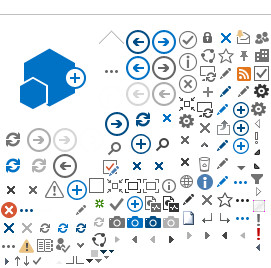January
1997
, Volume
81
, Number
1
Pages
57
-
62
Authors
James A.
Walla
,
North Dakota State University, Fargo 58105
;
Gerald A.
Tuskan
,
Environmental Sciences Division, Oak Ridge National Laboratory, Oak Ridge, TN 37831
;
John E.
Lundquist
,
U.S. Forest Service, Rocky Mountain Forest and Range Experiment Station, Ft. Collins, CO 80523
; and
Chengguo
Wang
,
South Dakota State University, Brookings 57007
Affiliations
Go to article:
RelatedArticle
Accepted for publication 25 September 1996.
Abstract
ABSTRACT
Host-pathogen interactions in the ponderosa pine-western gall rust pathosystem were studied using seedlings from eight open-pollinated mother-tree families and Peridermium harknessii aeciospores from two geographically separate sources. Pregall symptoms occurred on seedlings by 4 days after inoculation (DAI). Gall occurrence was essentially complete by 230 DAI. Of three measured pigments, light red and dark red pigments on the needles developed most rapidly. Light red pigment on the base of the needles between 21 and 66 DAI was the pregall symptom most often (i) affected by inoculum source and host family, and (ii) correlated to gall width. Pre- and postgall symptoms varied significantly (i) between inocula, and (ii) among mother-tree families. No relationship was found between field resistance ratings of the mother trees and the expression of resistance in their progeny. The inocula varied in pathogenicity, and the seedling families varied in response to infection, as shown by differences in level of incidence and site of development of pigmentation and gall size on inoculated seedlings.
JnArticleKeywords
Additional keywords:
disease resistance,
Pinus ponderosa
Page Content
ArticleCopyright
© 1997 The American Phytopathological Society
